Eccentrically Turned Wood Figure
by Scotttland in Workshop > Woodworking
18413 Views, 43 Favorites, 0 Comments
Eccentrically Turned Wood Figure
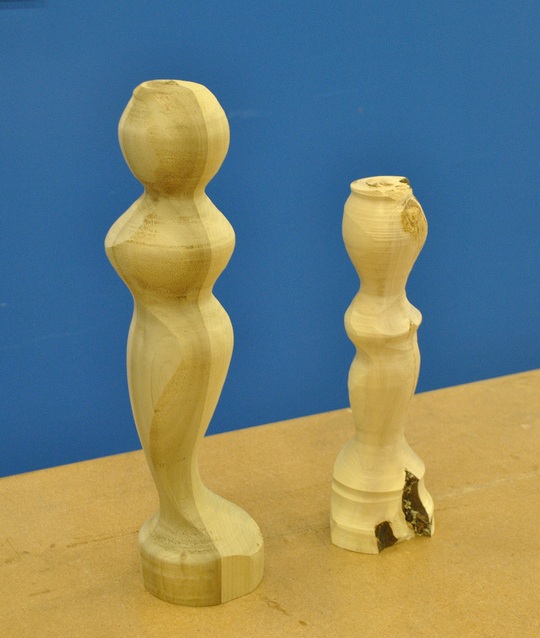
Eccentric or Multi-Axis woodturning, previously covered here, is a specialized form of woodturning utilizing two or more turning axis. This requires a robust lathe (as you will be turning something with a center of gravity offset from the axis) but the tools and the techniques are the same.
For this project, I will be using AutoDesk Inventor to design and render my part before touching chisel to wood. This will allow for an easy visualization of the process, as eccentric turning can be counter-intuitive. Once refined, the 2D profiles rendered in Inventor can be cut or printed and used as a template for turning the final piece.
This piece is an abstract human figure, which could be a model for a statuette or a hood ornament. One particularly unique application for eccentric turnings are fancy sweeping furniture legs. I do my woodturning using the lathe at TechShop.
For this project, I will be using AutoDesk Inventor to design and render my part before touching chisel to wood. This will allow for an easy visualization of the process, as eccentric turning can be counter-intuitive. Once refined, the 2D profiles rendered in Inventor can be cut or printed and used as a template for turning the final piece.
This piece is an abstract human figure, which could be a model for a statuette or a hood ornament. One particularly unique application for eccentric turnings are fancy sweeping furniture legs. I do my woodturning using the lathe at TechShop.
Tools
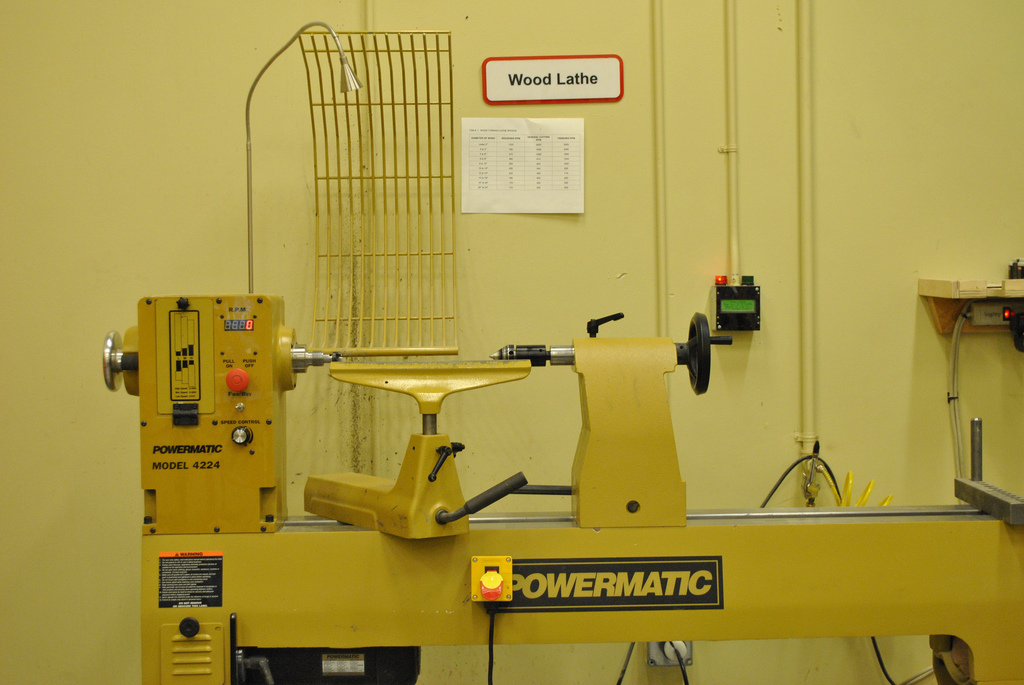
While a faceplate is a smart choice for most eccentric woodturning, I will only be using the basic heads for this piece. Other standard tools include:
- A large gouge chisel
- A paring chisel
- Sandpaper
- A lathe
Design the Profiles
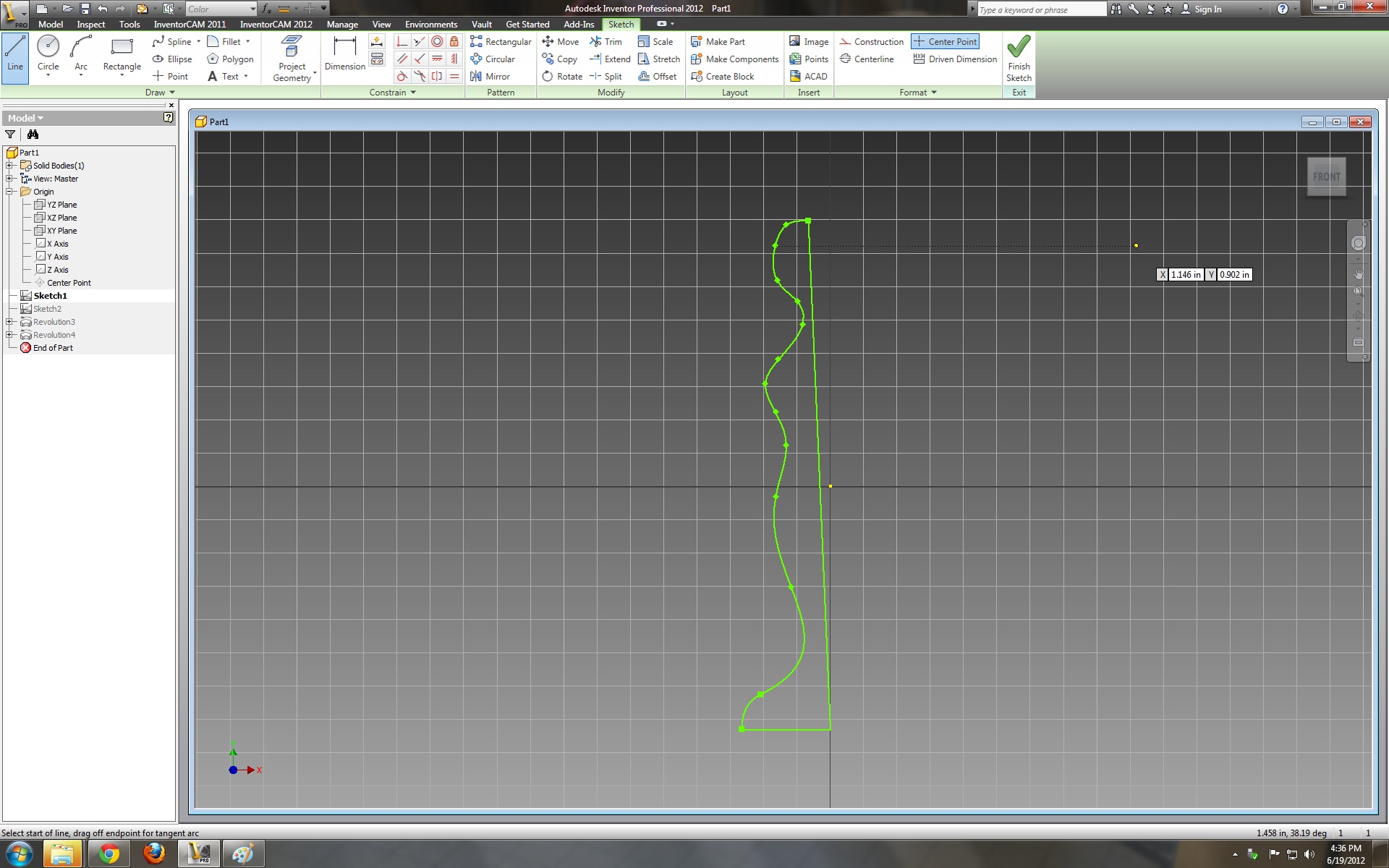
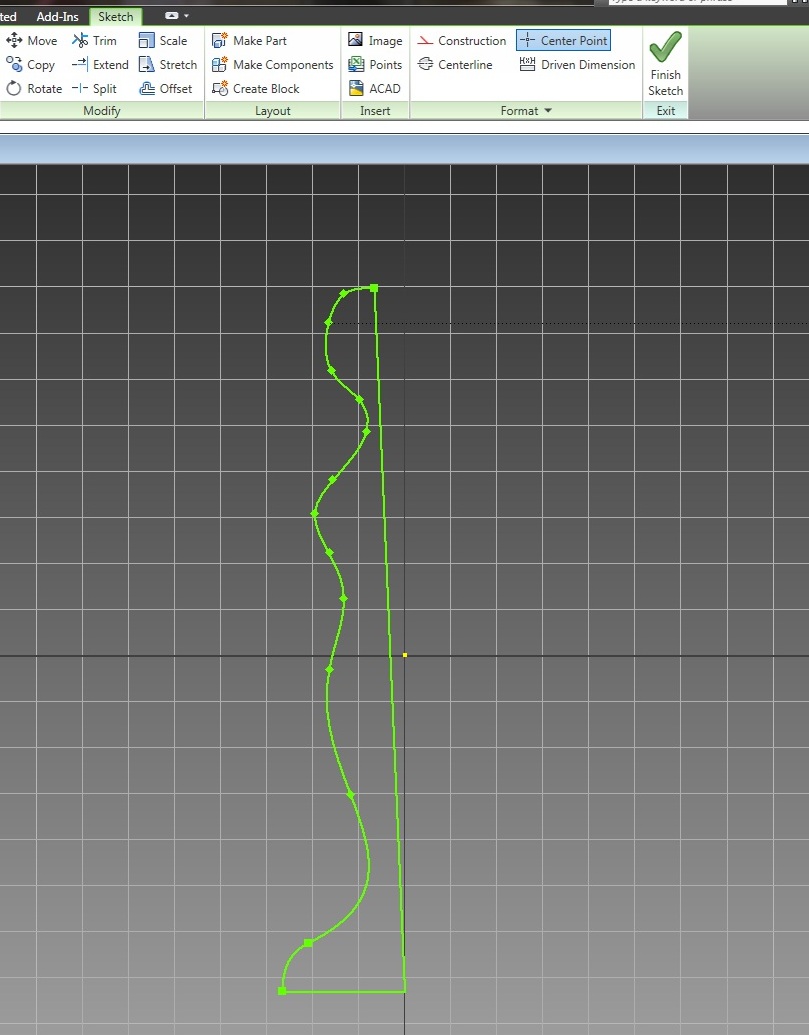
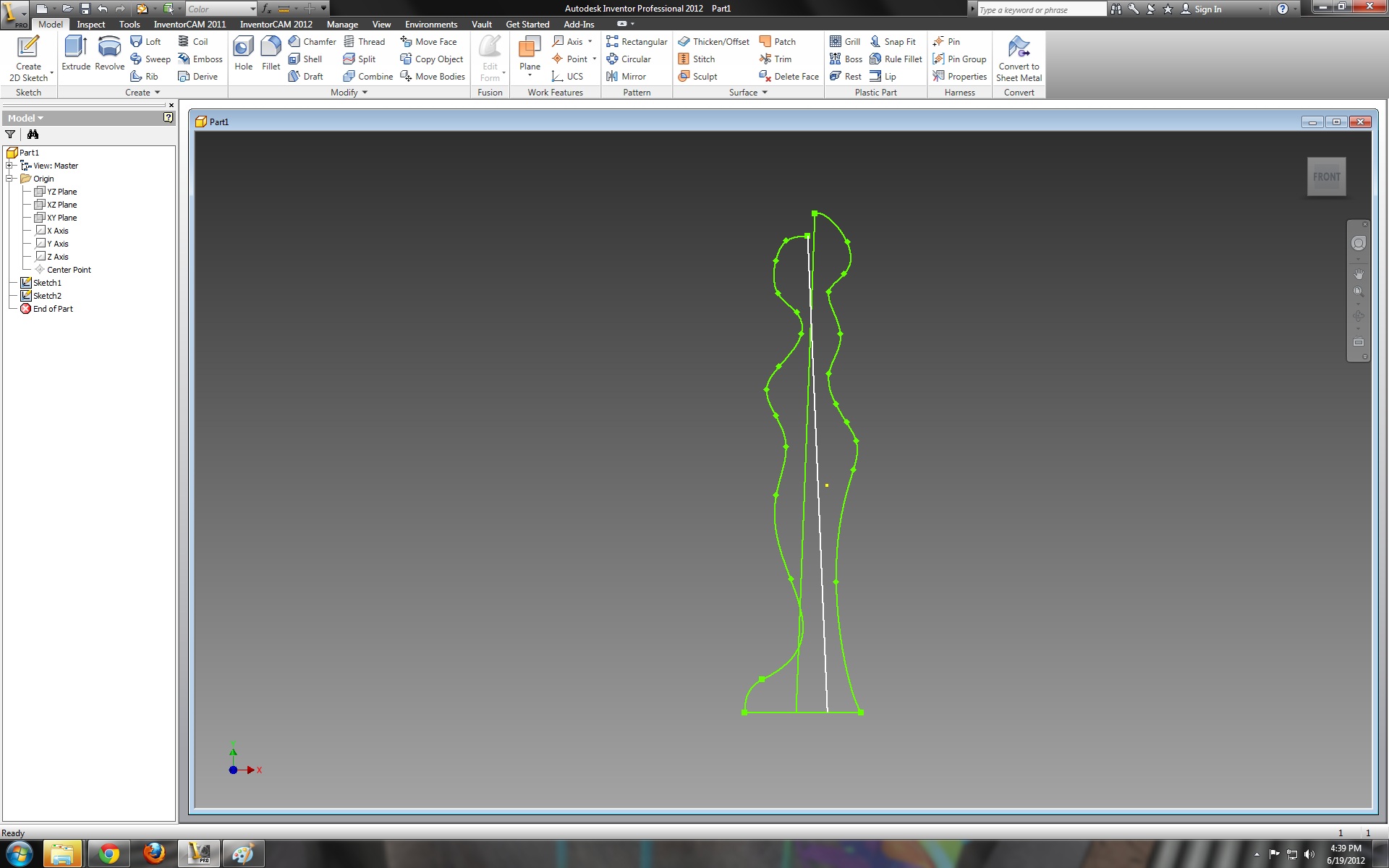
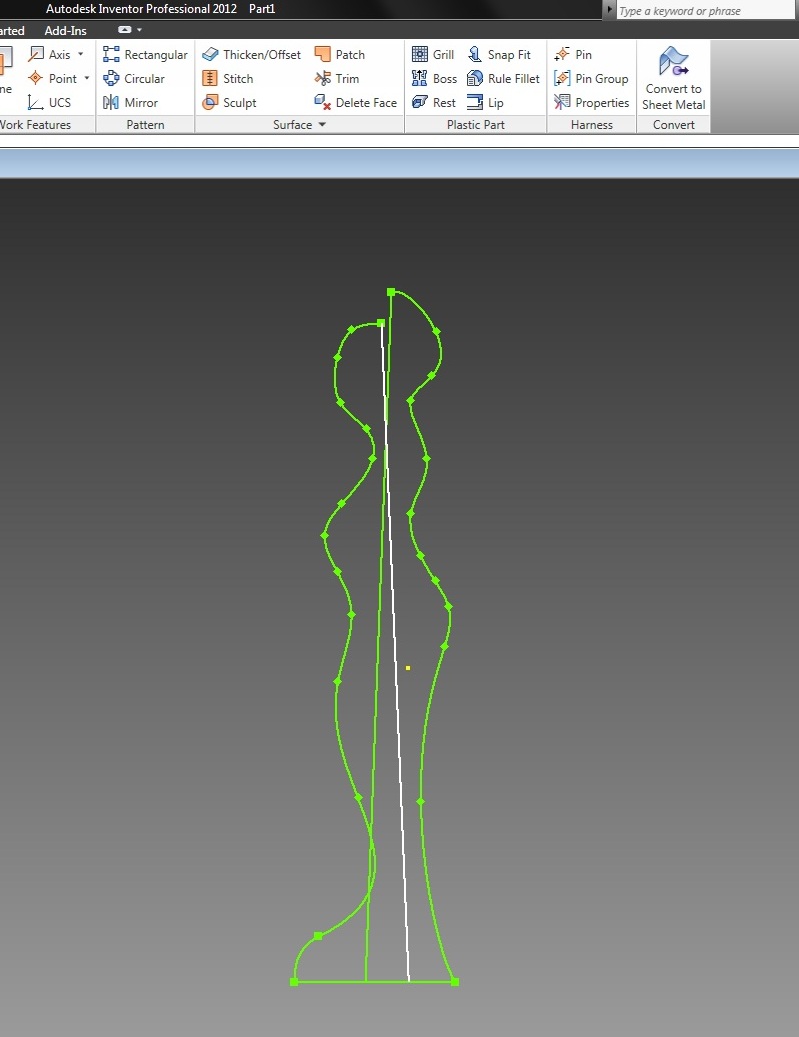
My part is to be turned on two axis, so I have two profiles to design. The Inventor sketch mode features intuitive splines for rendering flowing curves. The axis for each profile is a straight line. To render a separate revolution from each profile, the profiles must exist as separate sketches. Both are visible at the same time, on the the same plane, to show how the two profiles will intersect with each other.*
* note: you do not need to draw your profiles on the same plane, I am doing that here because I want my final part to be symmetrical.
* note: you do not need to draw your profiles on the same plane, I am doing that here because I want my final part to be symmetrical.
Revolution No. 1
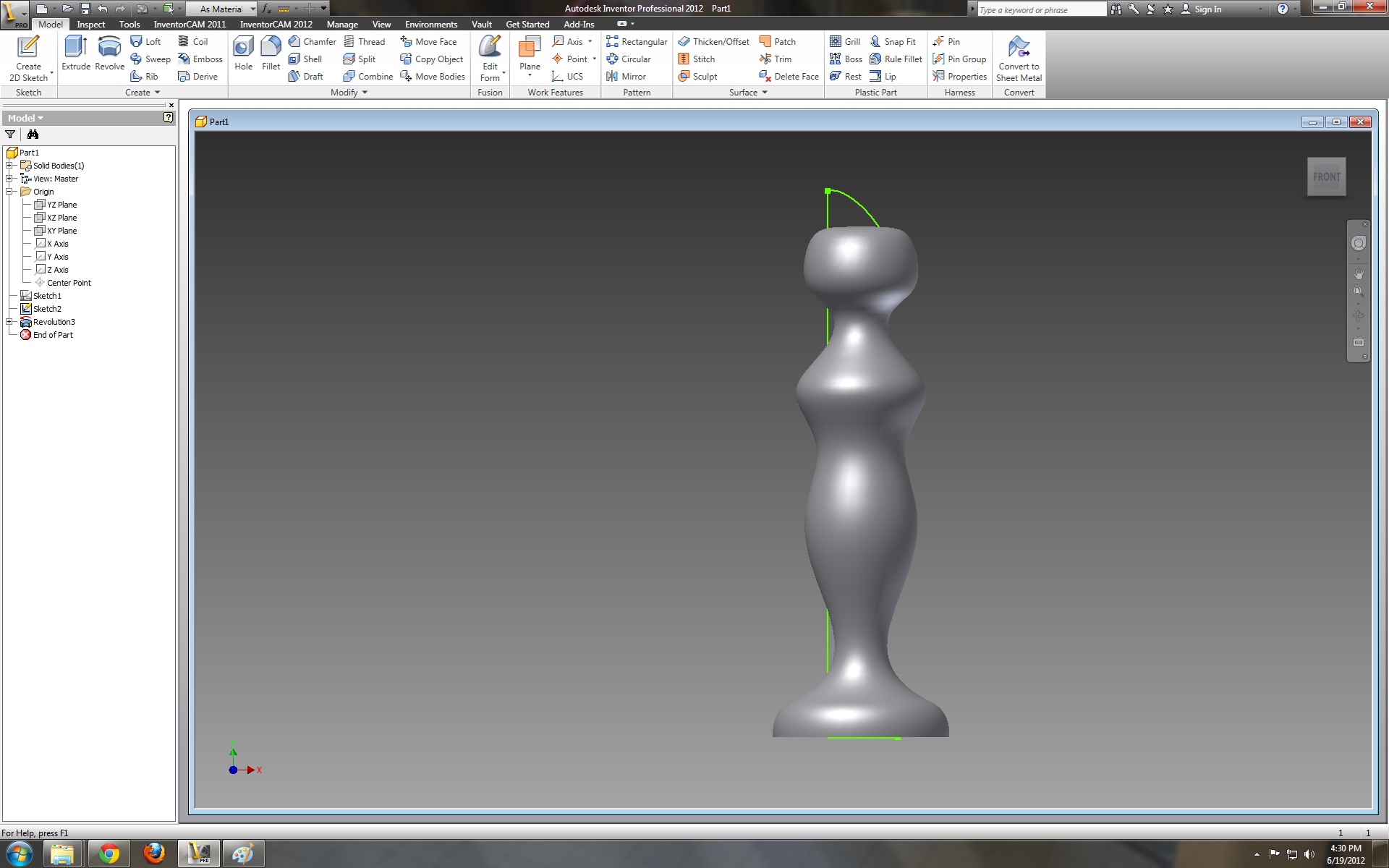
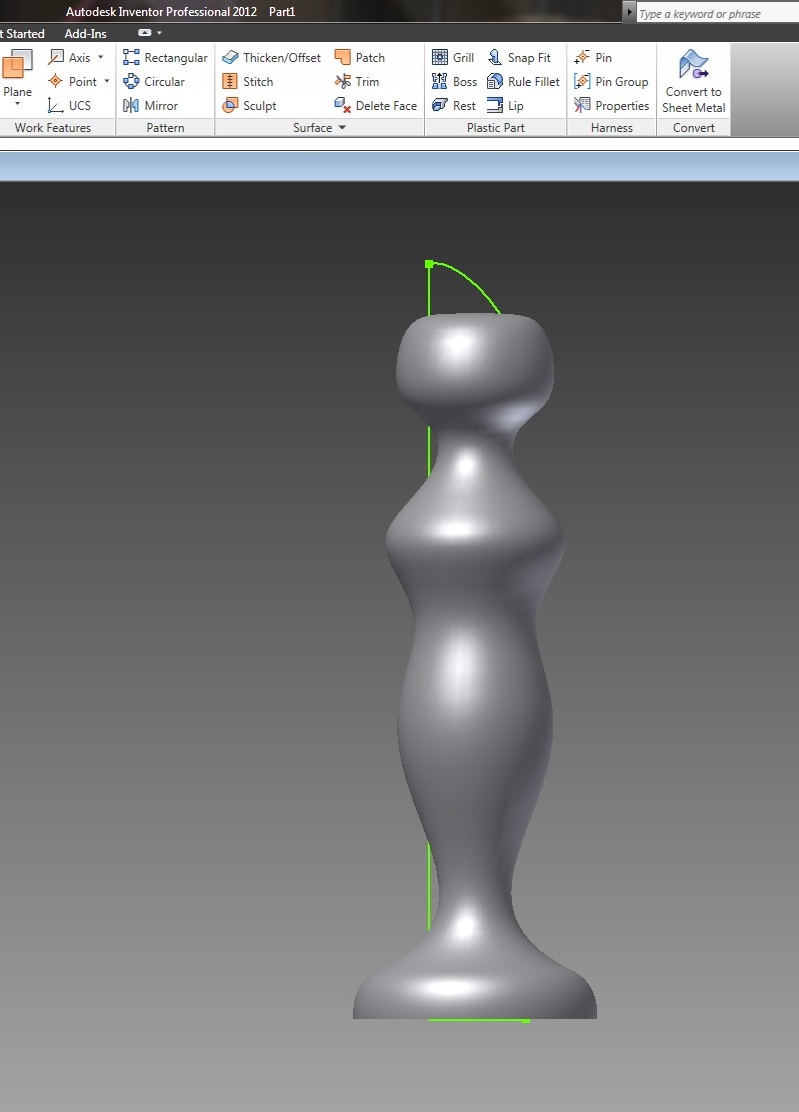
Using the revolve function in the modeling menu, select the profiles and the axis of the first sketch. This is what your actual turning should look like by Step 7.
Revolution No. 2
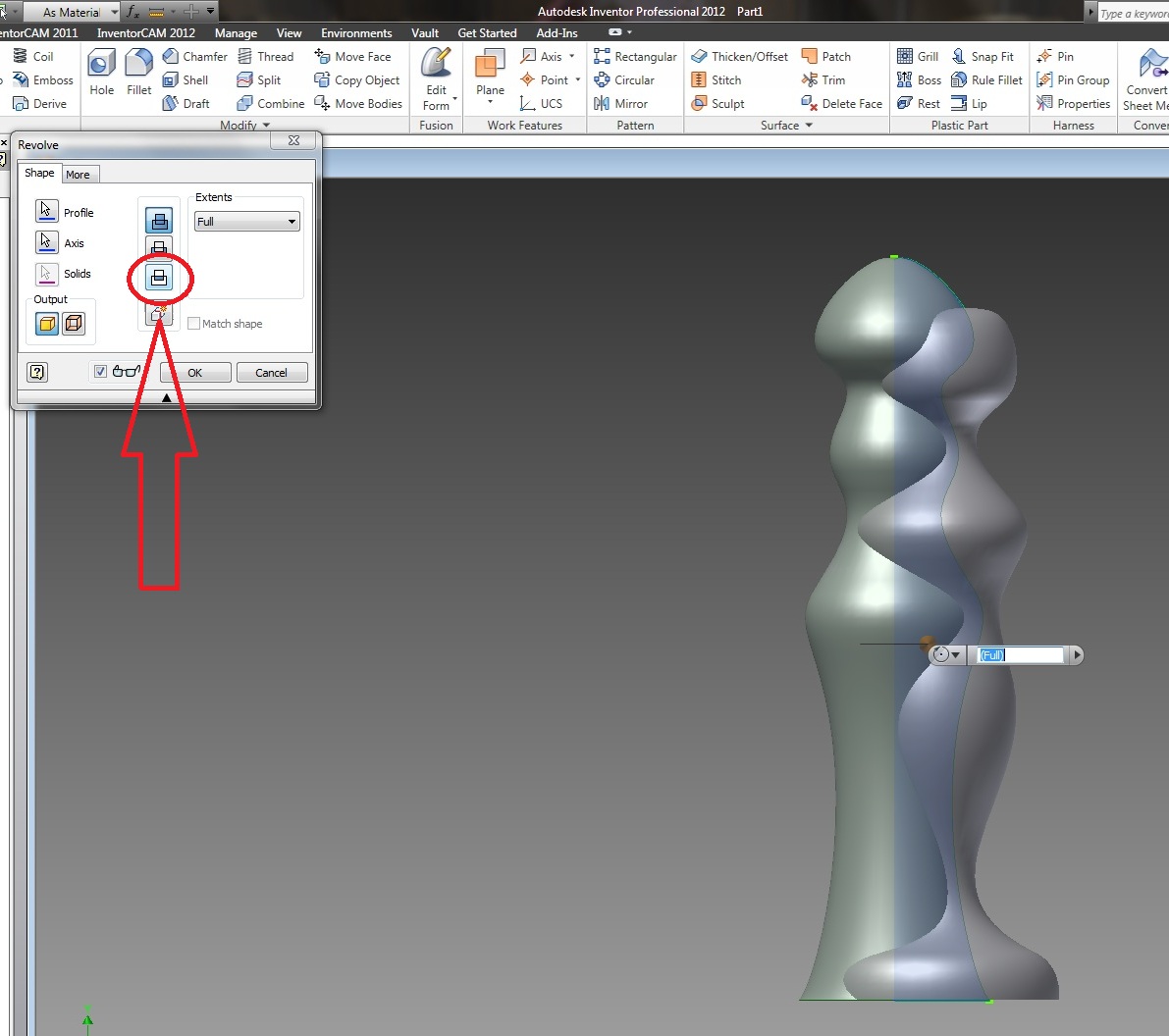
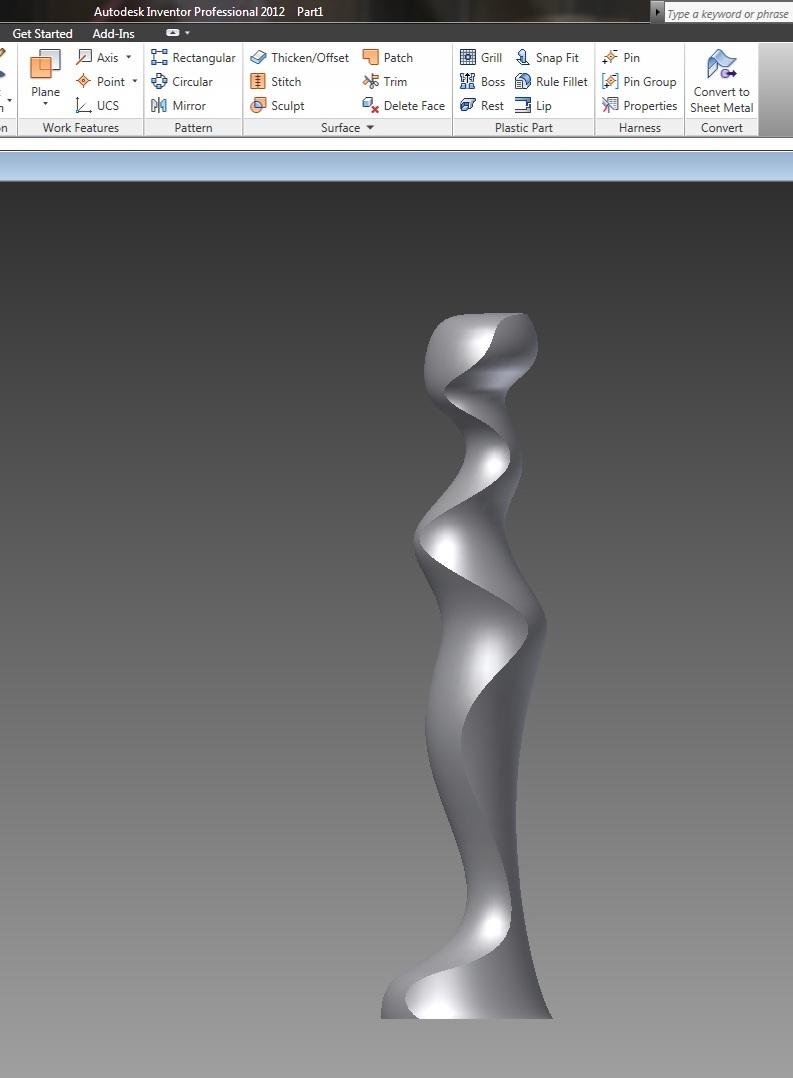
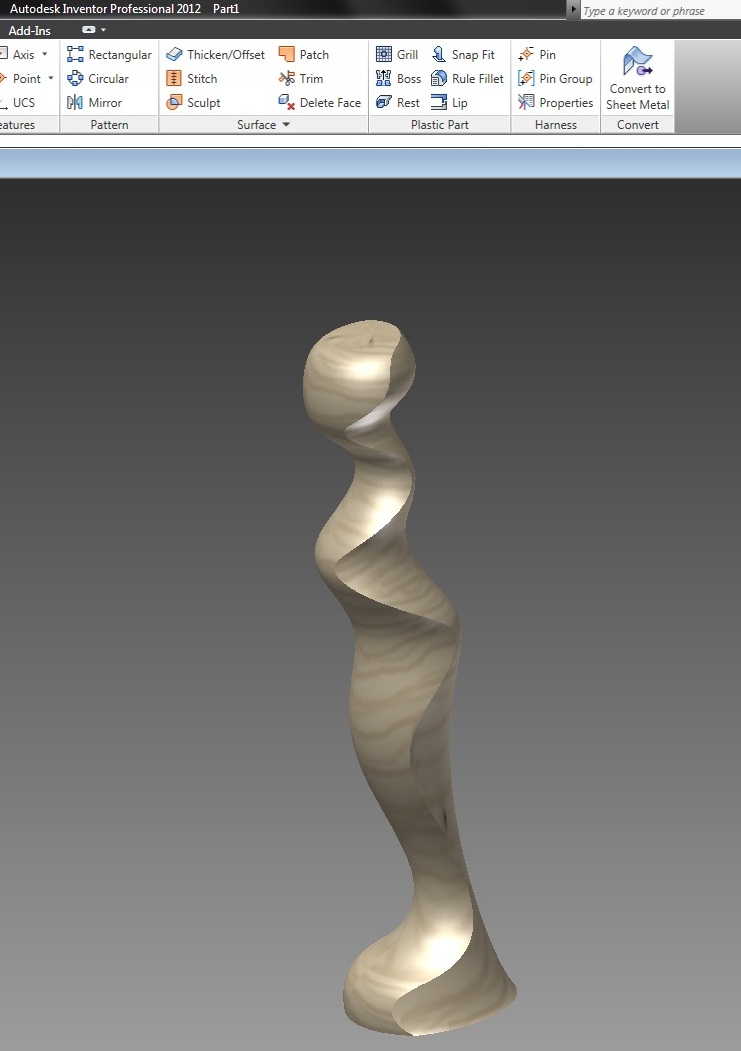
Repeat the revolution with the other sketch. This time, select the intersection icon in the Revolve window. This will render the resulting shape as the intersection of the two revolutions. You now have a virtual representation of your final part.
Refinement
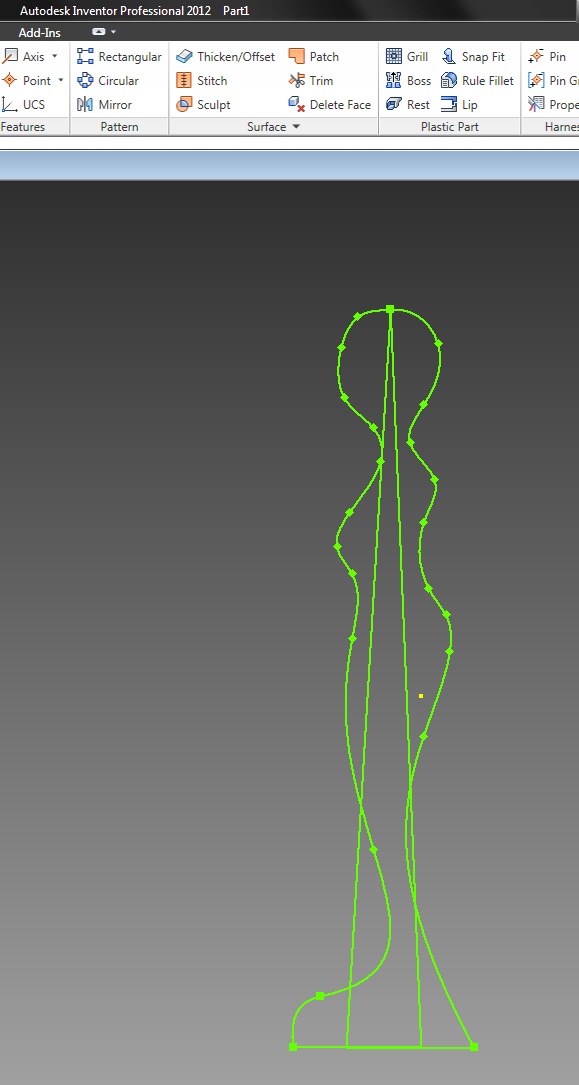
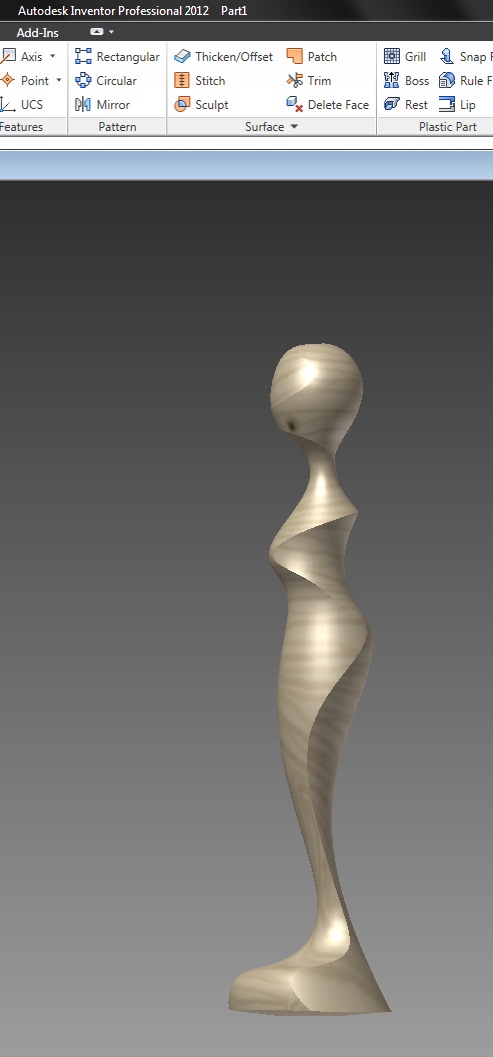
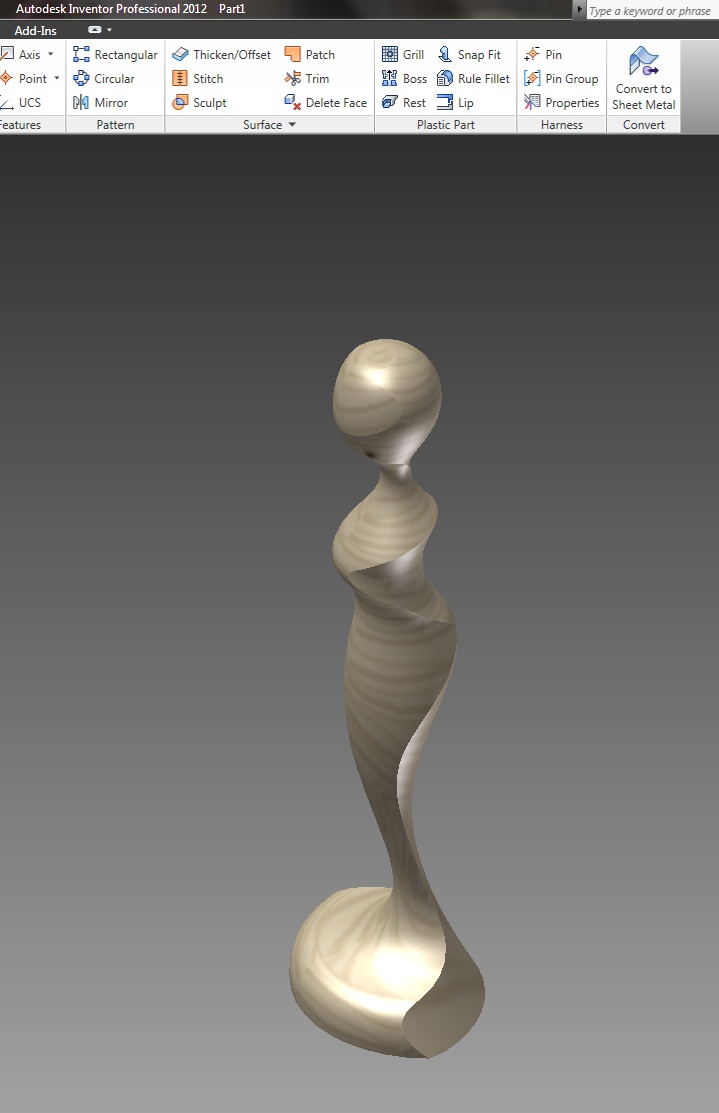
This step is why it's awesome to use Inventor. After the 3D part is rendered, the sketches from which the revolutions were derived can still be altered. Here I adjusted the splines and brought the ends of the two axis together on the top. When turning, both axis will have the same center on one side. The result is a slightly different shape with a nearly rotationally symmetrical head.
Exporting the Profiles
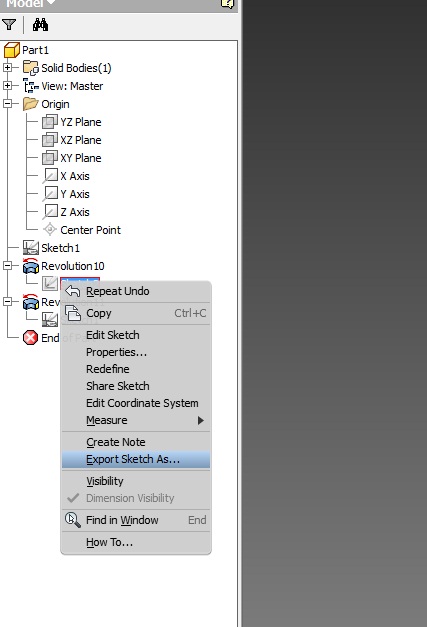
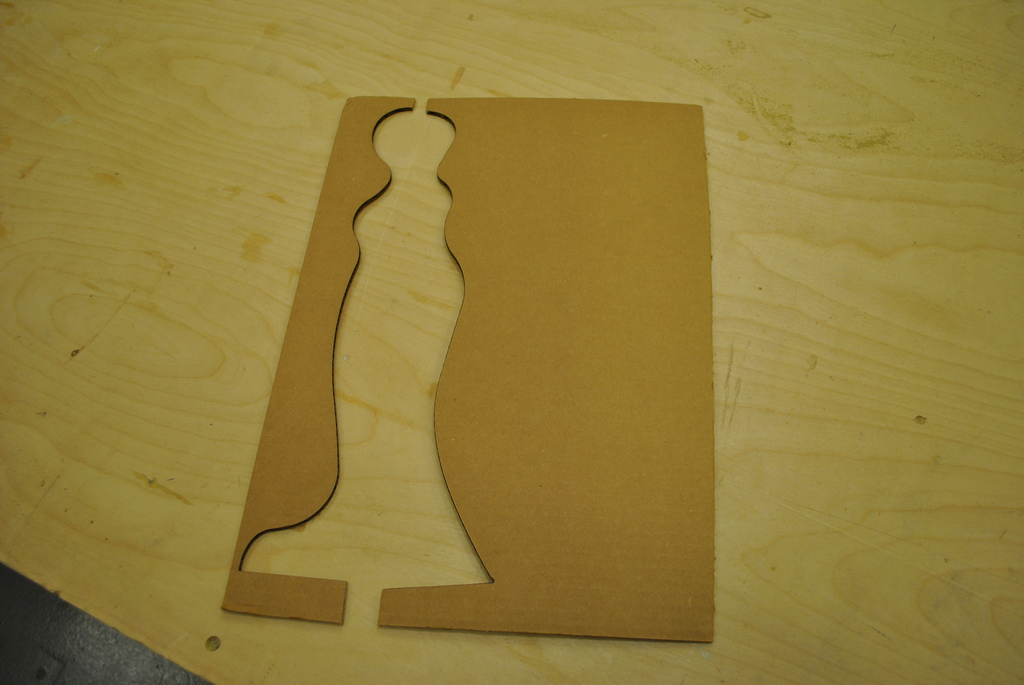
From the Model menu, right click the sketch to export and save it as whatever file type you can use. Mine will be laser-cut from wood using an Epilogue laser cutter/etcher. You can also simply print the profiles on paper and glue them to cardboard.
Start Turning
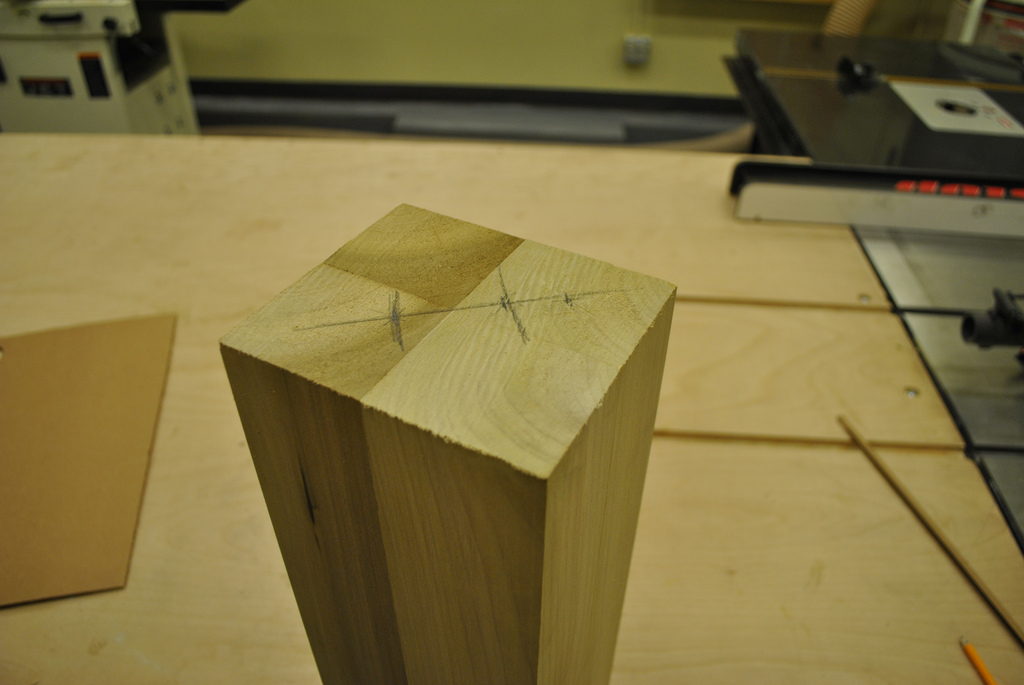
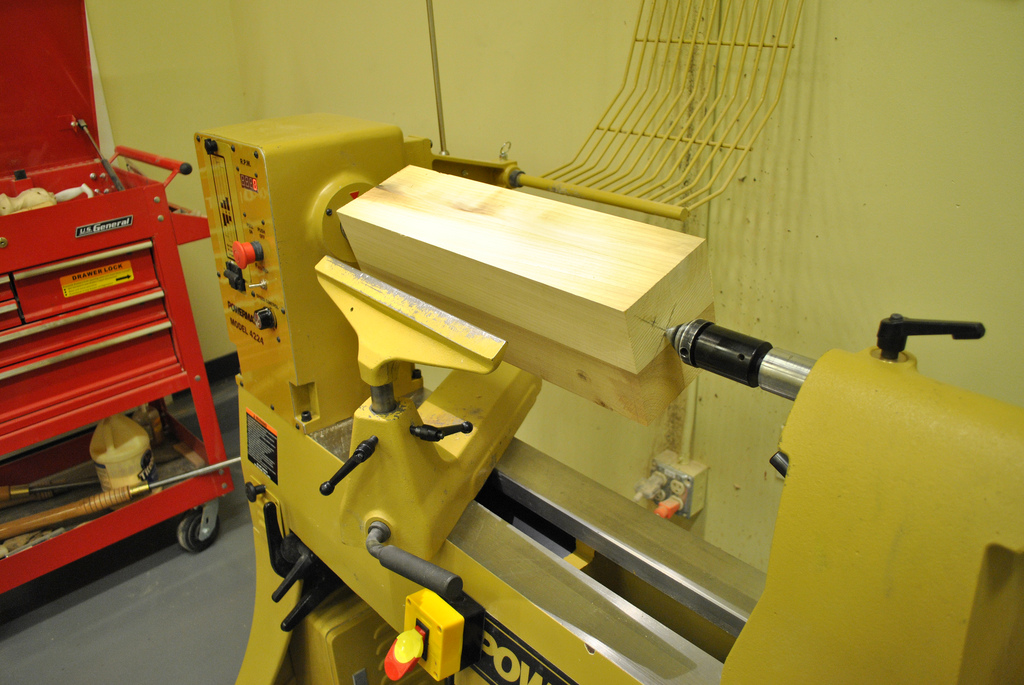
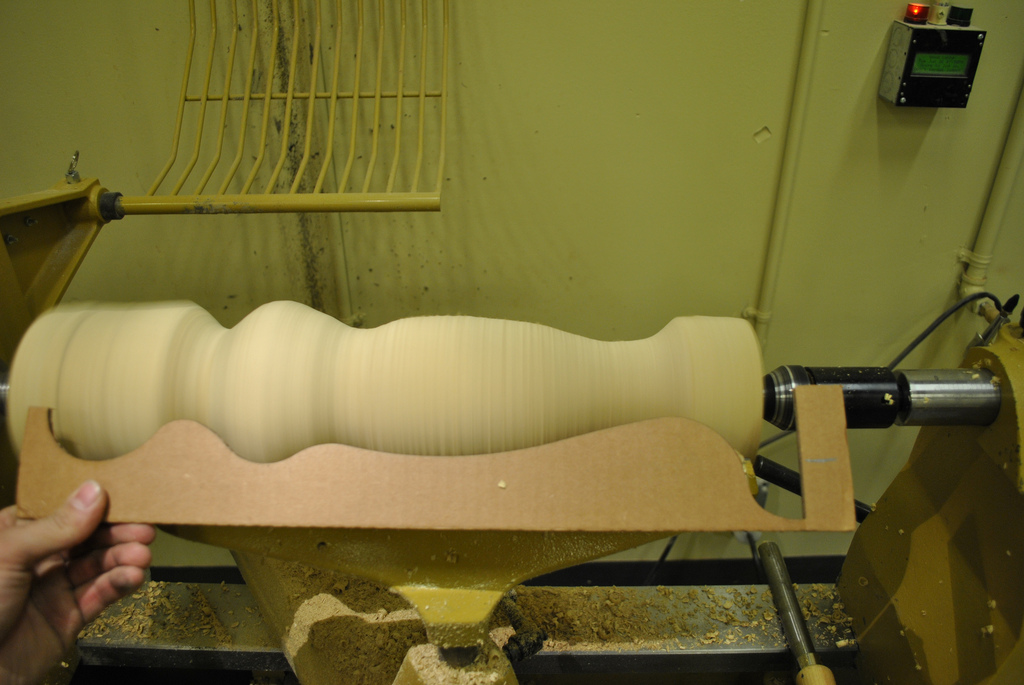
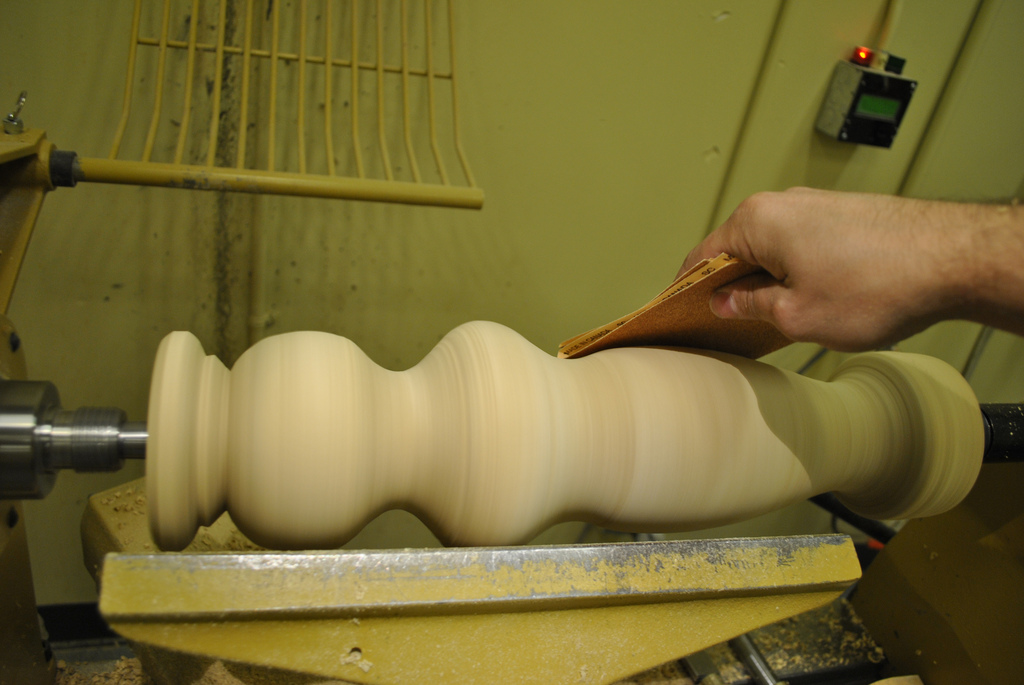
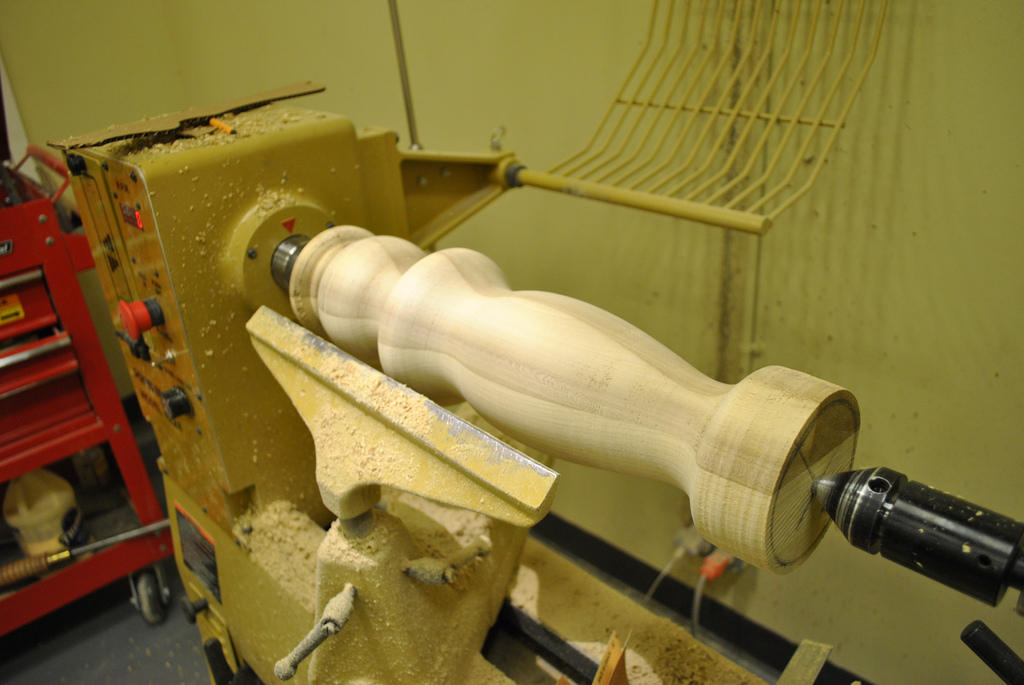
This step is the most basic of woodturning. Make your piece match the first profile. Do your finishing pass at this step, you will not be going back to this profile again.
Pertaining to the preparation of the piece, a precise prism of paired planks, I prefer pristine poplar, often parenting purple patterns and performing pleasingly when planed or pared.
Pertaining to the preparation of the piece, a precise prism of paired planks, I prefer pristine poplar, often parenting purple patterns and performing pleasingly when planed or pared.
Now for the Eccentric Part
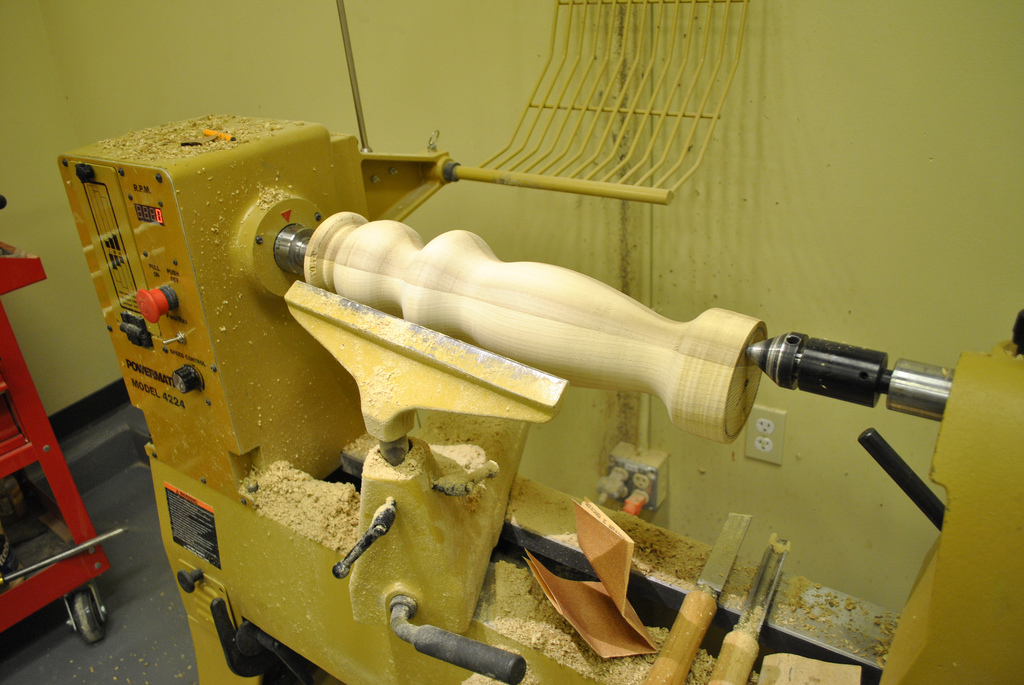
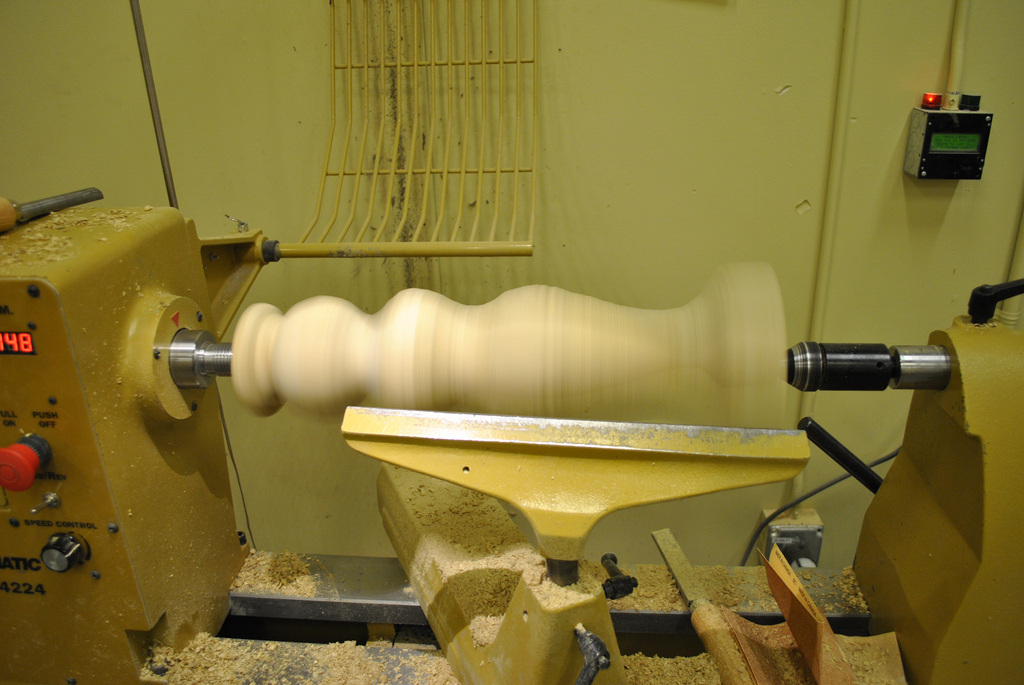
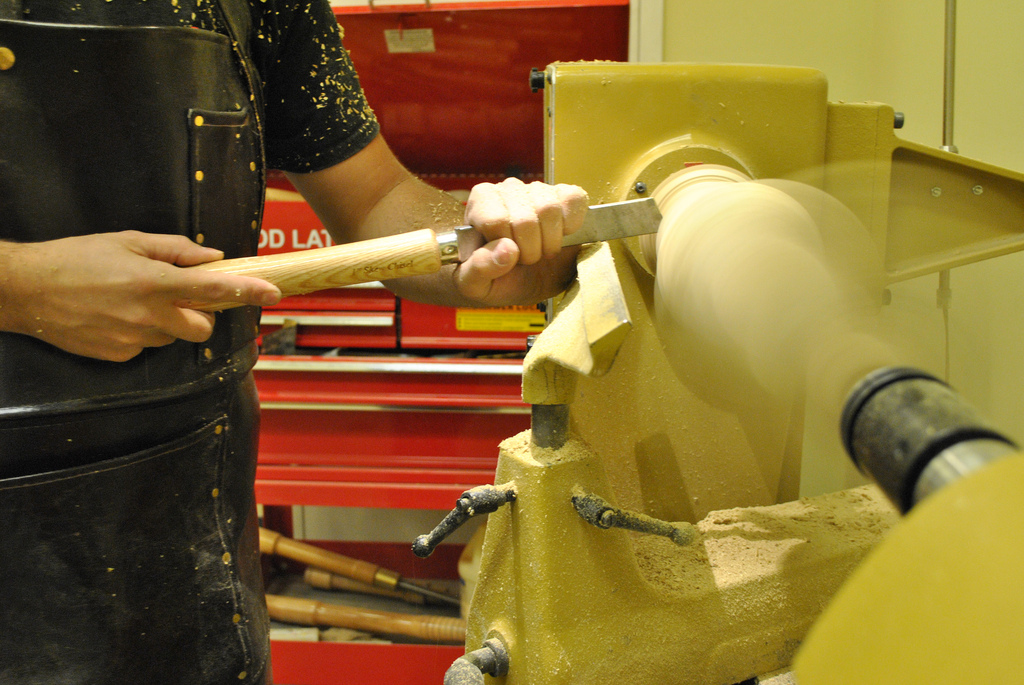
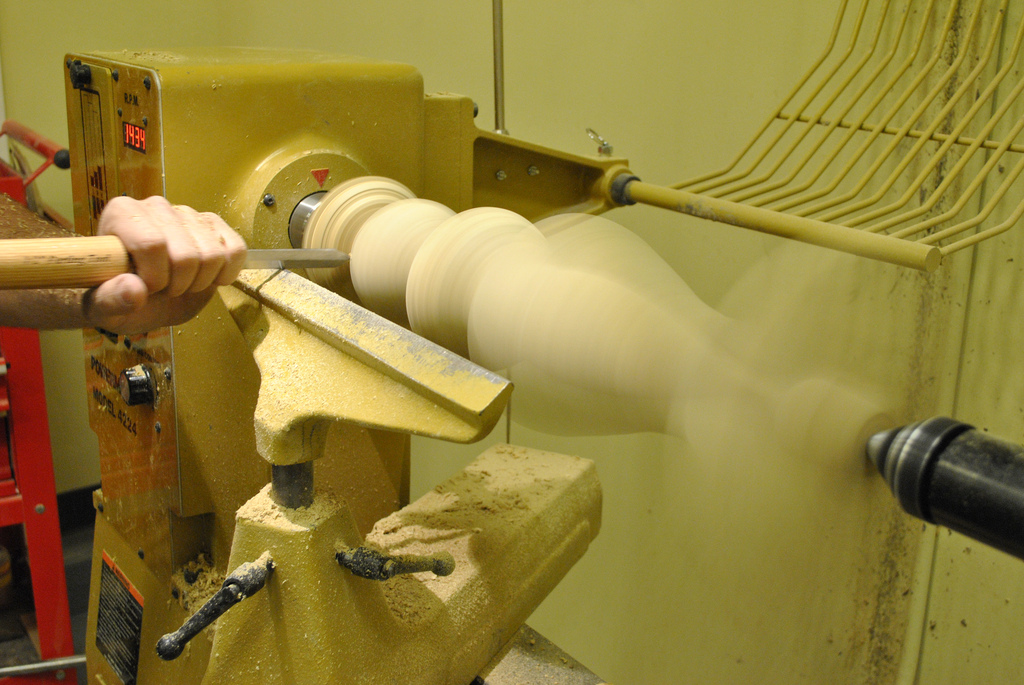
Now mount the live head to the other center. Move the tool rest out to accommodate the new swing radius and manually turn the shaft a few times before restarting the lathe. Ease into the cut and follow the other profile template.
You're not insane, you're eccentric!
You're not insane, you're eccentric!
And You're Done
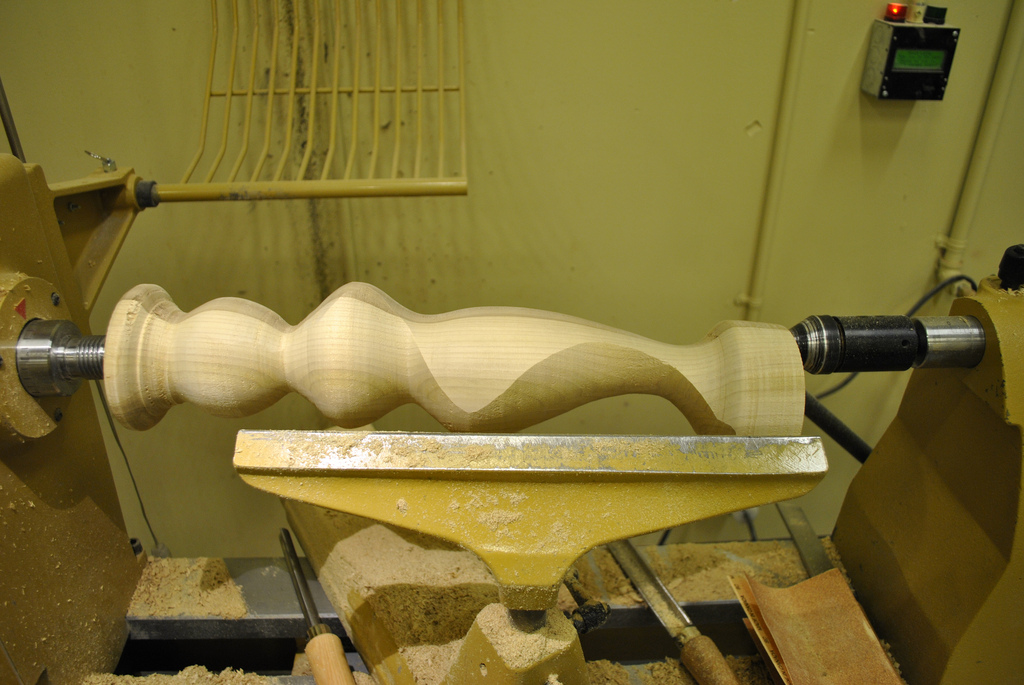
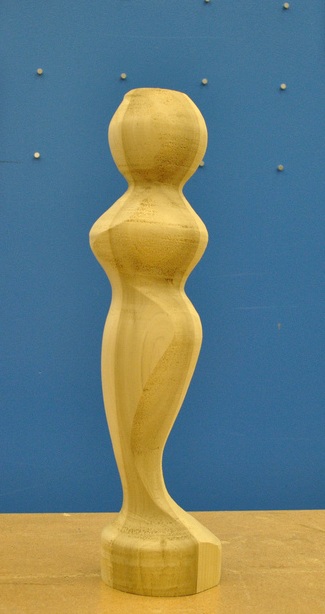

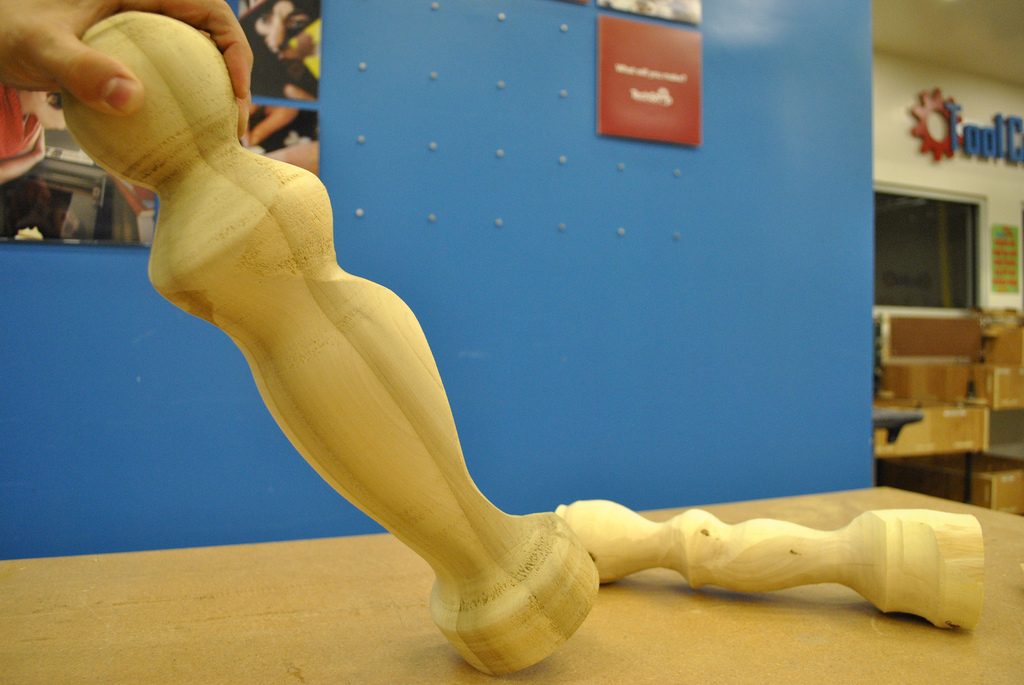
If you didn't mess-up too bad, your part is done. You now have the fanciest bludgeon on the block!
You're probably wondering why my final part looks different from the 3D rendering. I decided to work inspirationally.
You're probably wondering why my final part looks different from the 3D rendering. I decided to work inspirationally.